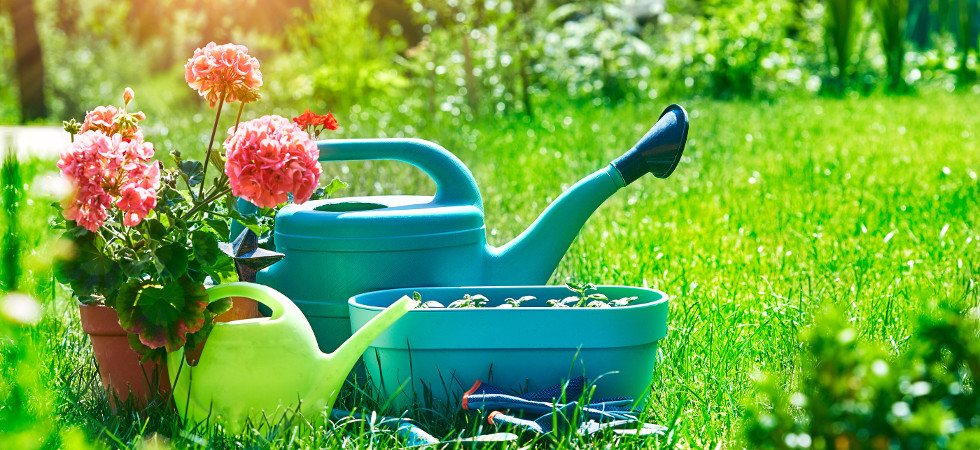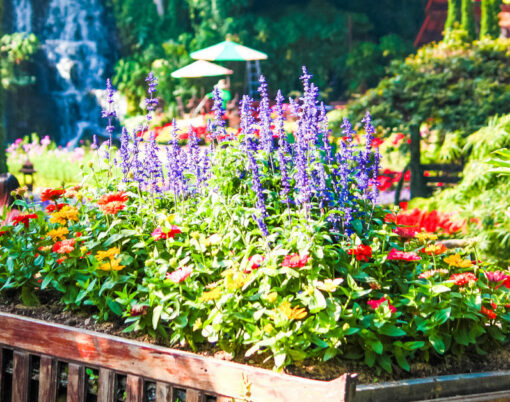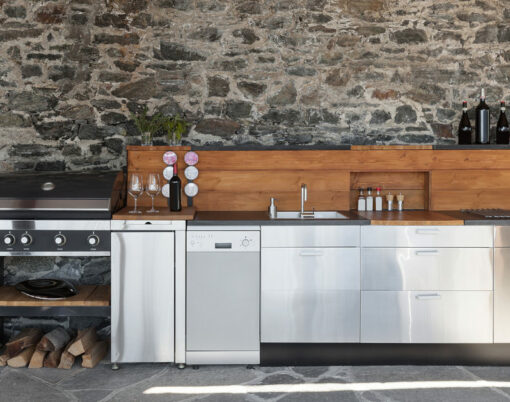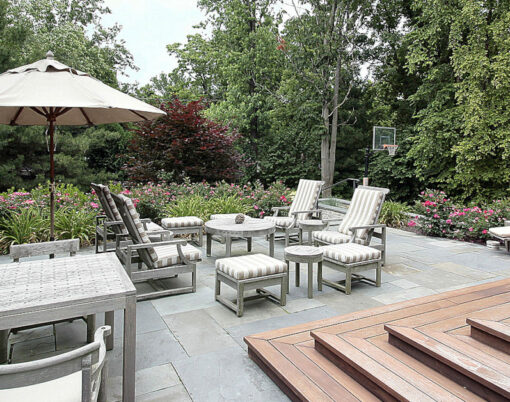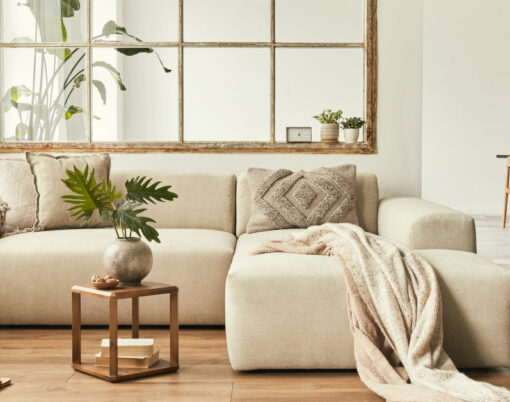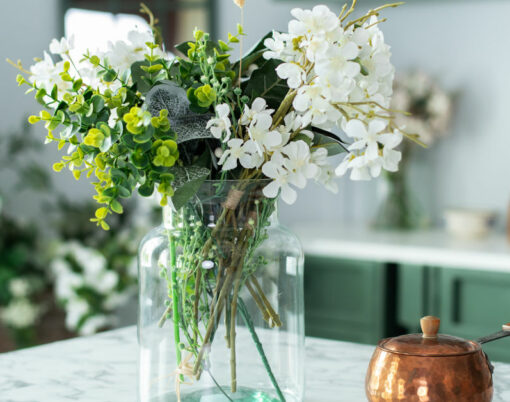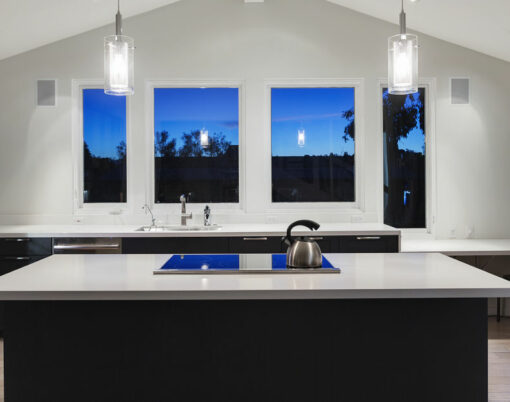There are lots of things we love about summer, but being able to spend more time in the garden has got to be the one we look forward to the most. From barbecues and al fresco dining to entertaining with cocktails and intimate garden tea parties on the lawn, there are few things better than sunny weekends spent outdoors with friends and family – and whether you’ve got a compact courtyard, small but perfectly formed oasis or a sprawling space to work with, a few simple seasonal updates can transform your garden with ease.
Whether you’re new to gardening or are simply looking to upgrade what you’ve already got, start to implement these tips now and you’ll be ahead of the game come peak summer.

Love your lawn
A perfectly tended garden includes a pristine lawn – but this can be something of a challenge during the summer months, when it is getting more use than ever. Allowing the grass to grow a little longer than usual will help to reduce the stress on it – use a cordless lawn mower for ease and adjust the blade setting a little higher than you usually would before cutting the grass. Nonetheless, you’ll need to mow it twice a week to keep it in tip-top condition, though if the summer is particularly dry then once weekly should suffice – but be sure to water it 2-3 times per week to keep it hydrated.
Remove weeds and moss regularly and feed and condition your lawn as required, and you’ll soon have that manicured expanse of grass you’ve always wanted.
Create a colourful flowerbed
Brighten up your back garden with a colourful flowerbed to create an outdoor space you can be proud of. Gently rake over the soil in an unused part of the garden, select some of your favourite flowers, then sow the seeds in rows – making sure to allow plenty of space between each to allow your blooms to flourish. 20cm should do it for smaller plants, whilst larger ones will need to be placed 30cm apart. For support, introduce 60cm canes and wind lengths of garden wire in criss-crosses between them.
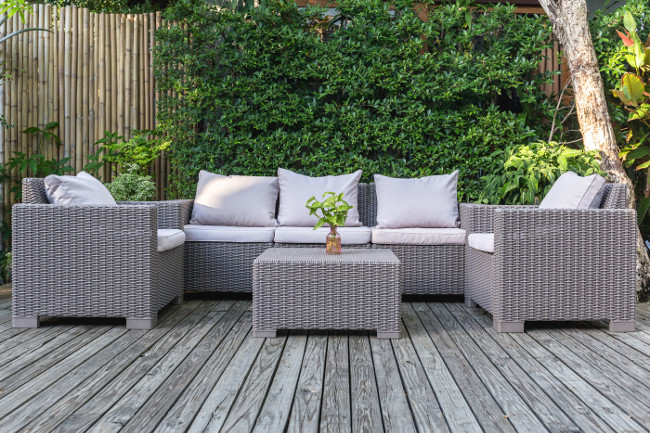
Dress up dull spaces
If a bare and shady wall is detracting from the overall appearance of your garden, why not install a vertical planting system and plant it with some hardy perennials? Clematis or climbing hydrangeas work well, and will brighten up even the dullest of spaces. Install an irrigation system to ensure that your plants are receiving enough water at all times, and you’ll be good to go.
Furnish to perfection
To create a spot in your summer garden that’s as perfect for unwinding with a good book as it is for throwing a social get together, start by introducing some new luxury garden furniture. From stylish rattan sofas to brightly coloured benches, there’s something to suit all tastes – just place in the sunniest spot of the garden and prepare to reap the benefits.
If you have a selection of pretty spots in your garden, then it’s a chance to get really creative. Pick one to use as your quiet spot where you can sip a cup of tea and admire the view, then create a larger space for entertaining elsewhere.
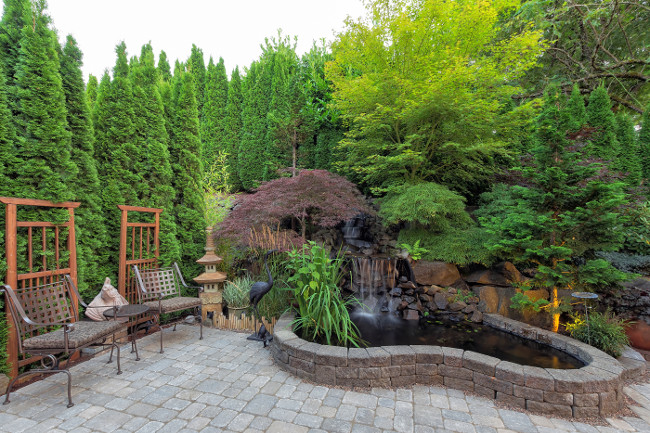
Don’t forget to deadhead
Removing old flower heads when they are past their best will ensure that new ones keep on coming through. This is particularly true of plants such as lupins, dahlias and sweetpeas, as well as rose shrubs. Snip them off as soon as they start to droop or fade for best results. Just pinch or cut off the flower stem below the spent flower and just above the first set of full, healthy leaves, then repeat with all the dead flowers on the plant. Sometimes it may be easier to deadhead plants by shearing them back entirely.












